At the height of his fame in the mid-1960s, the sculptor Geoffrey Clarke (1924–2014) was buying fast cars and flying to architects’ meetings by helicopter. Within a decade the commissions for public sculptures had dwindled, and the rest of his career was something of an anticlimax. Yet he remained largely undaunted and was exceptionally prolific, making some 900 sculptures and more than 200 etchings, as well as 3,500 monotypes.
He first came to public attention in 1952, as one of the artists representing Britain at the Venice Biennale. He was a ‘Geometry of Fear’ sculptor, along with Kenneth Armitage and Lynn Chadwick, and his work at this point was like sophisticated ironmongery, full of grilles and probes, spears and sickles, though Clarke’s formal control invested the work with far deeper symbolic meaning. A man might be an upright cluster of metal rods with a tiny sphere for a head — more like a dockyard crane than anything human — but the sculpture has a spiritual presence and energy that makes it lastingly memorable.
Clarke is perhaps most closely associated with the metal he subsequently adopted, aluminium, which he cast in slabs and troughs and boxy extrusions. The succession of troughs and flats in a typical sculpture may be taken as a metaphor of the human condition, but in Clarke’s work there are plenty of high points of exaltation as well. He worked on a number of major commissions, including sculpture and glass for churches.
Until recently, there has been very little written on him, apart from exhibition catalogues and a slim monograph by Peter Black, published in 1994, which was really the catalogue for a touring show. Then in 2012 Judith LeGrove produced her superb book Geoffrey Clarke: A Sculptor’s Prints, which listed all his etchings and lithographs and discussed his approach to printmaking in perceptive detail.
Now LeGrove has turned her attention to Clarke’s sculpture. With the simultaneous publication of a monograph and a catalogue raisonné, Clarke is at last served extremely well, and we are encouraged to assess his achievement in its entirety. The only area of his work not yet covered is his huge output of monotypes, which he often used like a sketchbook to explore his ideas for sculpture. Their publication would be a Herculean labour not to be expected just yet, though they would doubtless throw much light on the artist’s working practice.
Landscape, architecture and the fabric of the church were the constants of Clarke’s childhood, LeGrove tells us, and they fruitfully inform his subject matter. He decided not to follow his father into architecture, but to pursue a more imaginative course in the visual arts. Initially he studied stained glass at the Royal College of Art, observing sculpture from a distance.
Printmaking was an important early outlet for his distinctive imagery: much of it linear and based on the principle of growth (note the influence of Paul Klee and neolithic carvings and cave paintings), with a particular interest in the independent spiritual visions of artists such as William Blake, Stanley Spencer and Cecil Collins. Clarke saw the spiritual everywhere and was determined to originate a formal vocabulary that could communicate his perceptions.
In later years his work grew even more diverse as he experimented with land art (including sculptures of living moss and polystyrene), and sculptures to do with smell (anticipating Patrick Suskind’s 1985 novel Perfume by more than a decade). LeGrove’s approach in A Sculptor’s Materials is thematic rather than strictly chronological, but her various chapters (Stone, Glass, Bronze, Aluminium etc) allow her to investigate Clarke’s thought alongside the physical manifestations of it. Her text is properly scholarly, but her substantial book is also a pleasure to read, beautifully and clearly written with an enviable command not only of Clarke’s work but the historical and artistic context in which it was made.
A Sculptor’s Materials is full of unexpected things: a lovely gouache study for a stained-glass window, another for a mosaic, iron relief panels, jewellery and medals. The Catalogue Raisonné evolved quite naturally from LeGrove’s research on the monograph: she began to make a list of Clarke’s main works to understand better the development of his ideas and forms. Being thorough in her approach, the list soon became exhaustive and her catalogue of the sculpture contains more than 1,000 entries. At £85 it needs to be well-illustrated, and is, and it lists such little-known works as Clarke’s enamels on copper, needlepoint embroideries and ceramics, along with the more familiar sculptures.
Through this intimate and intelligent account of his work, LeGrove demonstrates incontrovertibly that Geoffrey Clarke deserves proper recognition. He has been unfairly marginalised and ignored, and it is clearly time for a big museum retrospective. Who will take up the gauntlet?
Got something to add? Join the discussion and comment below.
Get 10 issues for just $10
Subscribe to The Spectator Australia today for the next 10 magazine issues, plus full online access, for just $10.
You might disagree with half of it, but you’ll enjoy reading all of it. Try your first month for free, then just $2 a week for the remainder of your first year.

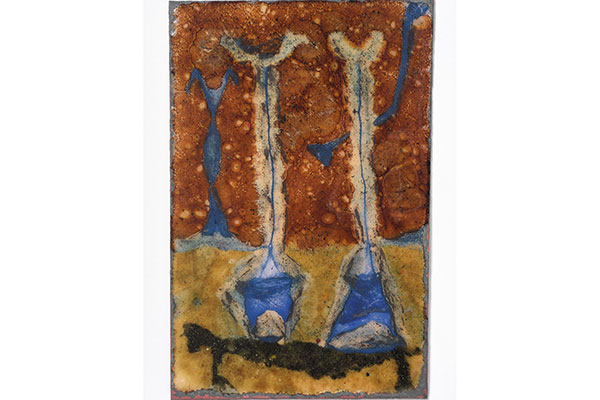

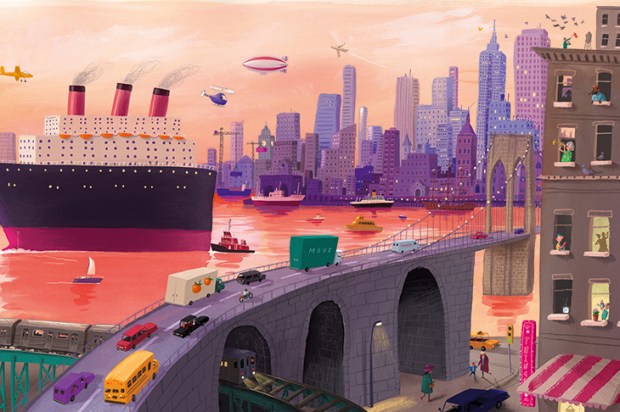
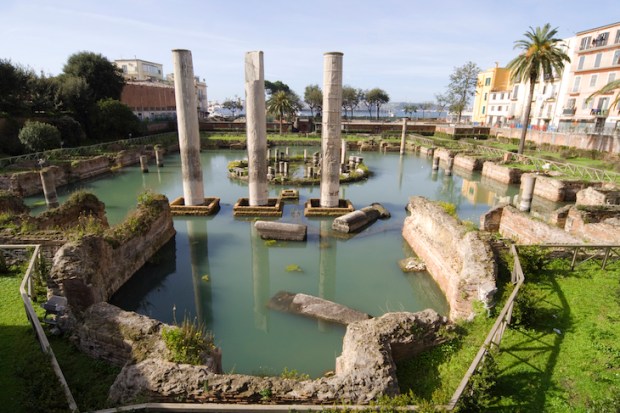
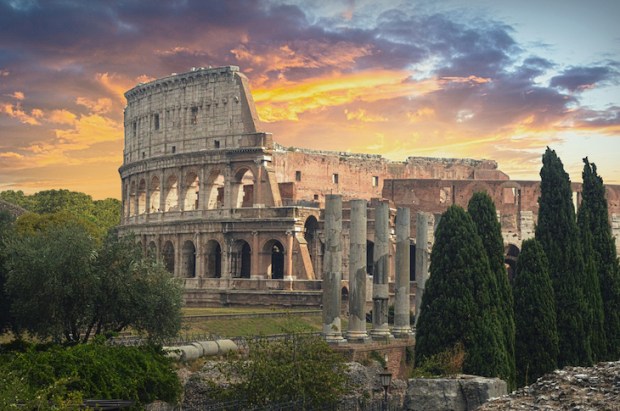
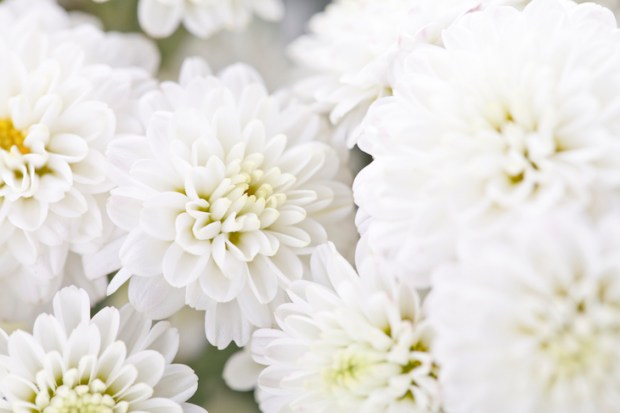
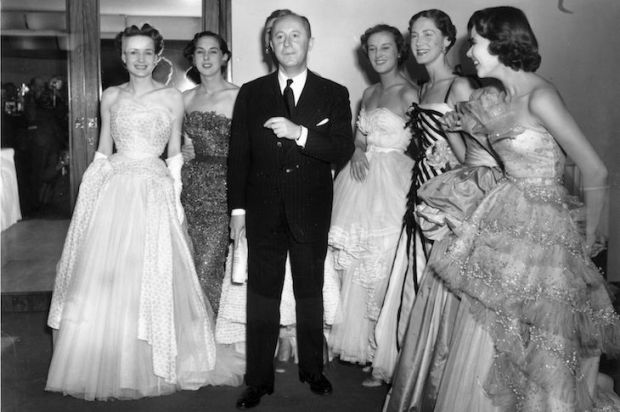






Comments
Don't miss out
Join the conversation with other Spectator Australia readers. Subscribe to leave a comment.
SUBSCRIBEAlready a subscriber? Log in